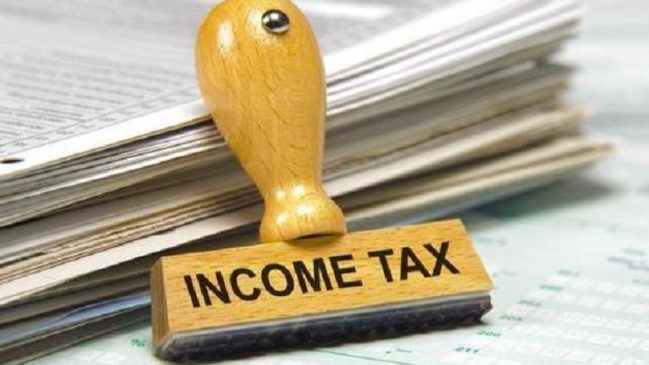ITR AY 2023-24: The old tax regime has exemptions, deductions and rebates available; while the new tax regime does not have any deductions benefit
Income Tax Exemption Vs Rebate Vs Deductions: Even as the ITR season for the assessment year (AY) 2023-24 is going on with both online and offline options available. There are two tax regimes available for income tax filers — new tax regime and old tax regime. The old tax regime has exemptions, deductions and rebates available; while the new tax regime does not have any deductions benefit. Here’s what’s the difference between exemptions, deductions and rebate.
Read More: ITR: Filing Income Tax Return using ITR 1? Know this first
Exemptions, deductions and rebate are often used as words synonym to tax relief. While many people use it interchangeably, but each has its own connotation and meaning different from the other.
Tax Exemption
Income tax exemption means no tax will be levied up to a certain level of income. Currently, income tax is exempt up to a total annual income of Rs 2.5 lakh. For example, if an individual is earning Rs 2.5 lakh in a year, he/ she does not need to pay any income tax. In case, the annual income is Rs 3 lakh, then tax on only Rs 50,000 is to be paid while Rs 2.5 lakh is tax-free.
Tax exemptions can be considered as complete relief from taxes and are claimed from specific parts of the income and not from gross total income. Various exemptions have been given under the Income Tax Act, 1961, from income under the head salary like house rent allowance (HRA) and from income under the head capital gain, which is tax-exempt based on certain criteria.
House rent allowance, leave travel allowance and perquisites such as mobile phones and laptops will come under the category of exemptions while calculating salary income. A similar exemption exists for other categories of income also.
Read More: ITR filing for AY 2023-24: Who can file ITR-1 for income from house property
Tax Deductions
Income tax deductions pertain to specific deductions which a taxpayer is eligible for on account of investments made (Section 80C) or sum expended (Section 80D or Section 80E). These are available for only those who are filing ITR under the old tax regime.
These deductions are based on tax saving investments like life insurance premium, medical insurance premium, PPF and tuition fees, among others.
Where exemption means no tax to be levied on the income, deduction is reduction of taxpayer’s gross income on which tax shall be calculated.
Read More: ITR Filing: Save Tax On Arrear Amount, Here’s How To Get Relief Under Section 89(1)
Tax Rebate
The tax rebate is different from exemption and deduction. Under the rebate, a limit is fixed up to which the income is tax-free under Section 87A of the Income Tax Act, 1961. However, if the annual income exceeds the limit, tax on whole income tax is to be paid. It is what is followed under the new tax regime. If the income goes above Rs 5 lakh in FY2022-23, the whole income (excluding exemption limit) will be taxed. The rebate limit has increased to Rs 7 lakh in FY 2023-24.
To understand through an example: Income tax rebate is given up to an income of Rs 5 lakh for FY23. So, if an individual is earning an income of Rs 5 lakh, the whole income is tax-free. However, if the annual income is Rs 5.1 lakh, then the tax on whole Rs 2.6 lakh will be levied (as income up to Rs 2.5 lakh is exempt).
Rebate is usually a rebate of tax, or reduction from tax after total tax is calculated. The tax rebate is a tax refund to an individual from his gross tax liability given under Section 87A of the Act. It helps to reduce the tax burden of individuals in the low-income category.
In a nutshell, income tax exemptions and deductions are allowed to be claimed from the ‘income’, whereas rebate is allowed to be claimed from ‘tax payable’.





































